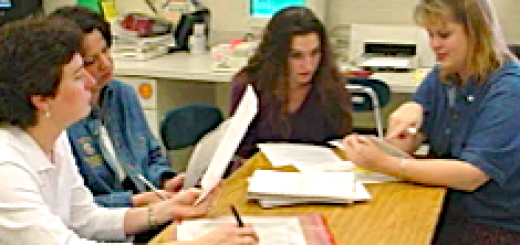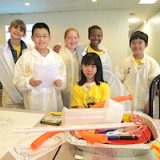8 Tips for Planning Summer STEM Fun

This isn’t as far-fetched as it sounds. Thinking in terms of middle schoolers, what kinds of activities will stimulate their curiosity and help to develop critical thinking and problem-solving mindsets? What kind of approach might adults take to keep the adolescent “summer brain” excited about learning?
Let’s consider some ideas for making STEM learning fun during the summer. Here are 7 tips to start you on your way.
- Find out what your kids are interested in and what problems they might like to solve. Some middle schoolers naturally gravitate toward the STEM subjects, while others may need more guidance identifying problems around their home and community this summer. Those issues may be in the environmental areas, health areas, construction and building areas, farming and crops, and so on.
- Display curiosity about things you see and show your own interest in learning. Your enthusiasm will be a great motivator for interesting children in STEM and problem-solving. Demonstrate how kids can engage with their curious world. For example, out loud in front of your kids, point out something that you are curious about and ask yourself thoughtful questions about it. Then make some informed guesses about what the answers to those questions might be. Think out loud so that your kids can hear how you think through possible solutions.
- Provide a stimulating and risk-free environment. Middle schoolers are definitely going to make mistakes when they try to solve STEM problems. They will most likely fail the first time or two they try to create a working device or usable solution. That’s okay. Heck, that’s even good! No one learns much from getting something right the first time. It’s the mistakes we make that keep us learning and growing. Let them know that “failure” is simply a normal step in the learning process. (Also remember that rapidly growing kids will find it difficult to learn if hungry or tired or upset.)
- Organize kids in small teams to work together on STEM projects and activities. Help them with interpersonal skills by building teamwork skills. You’ll find guidance for involving kids in teamwork here. Scroll to the bottom of the document and download it for free.
- Build interest in STEM areas. Talk with children about ways that STEM improves the quality of life. Make sure they can relate to the examples you pick. You might talk about curing illnesses, creating plastics that don’t pollute, developing increasingly powerful computers, developing improved skin and hair products, building attractive skyscrapers, or engineering new ways to bring clothing designs to the marketplace. STEM fields offer opportunities for everyone.
- Encourage your middle schoolers to start a STEM Club. They might start a local club or they could start a STEM group on a social network. Using social networks productively is a skill you can help them learn.
- And maybe The Best Fun Idea of all: create a Maker Space for your kids. Check out this post on just how to do that. Reinvent Summer Learning: Make it Up!
- Also see my post on STEM and Summer Learning Loss for more ideas.
Now, find some time to plan for Summer STEM fun!











